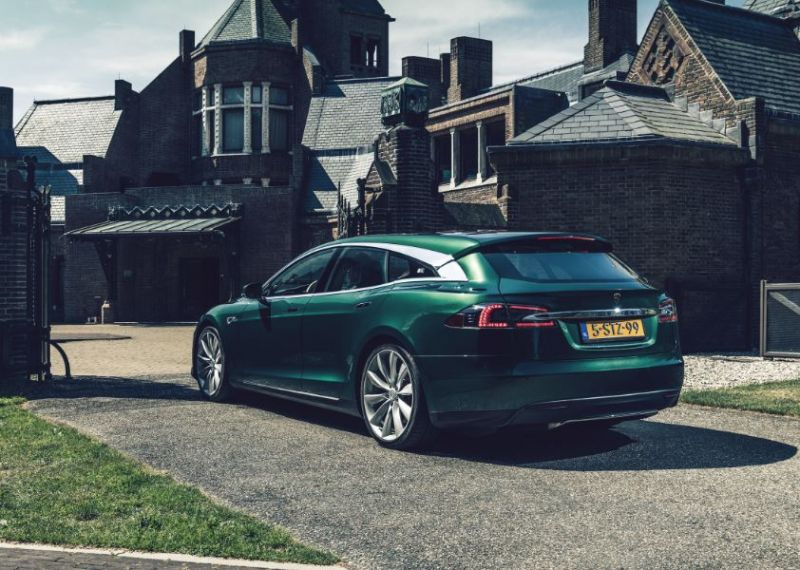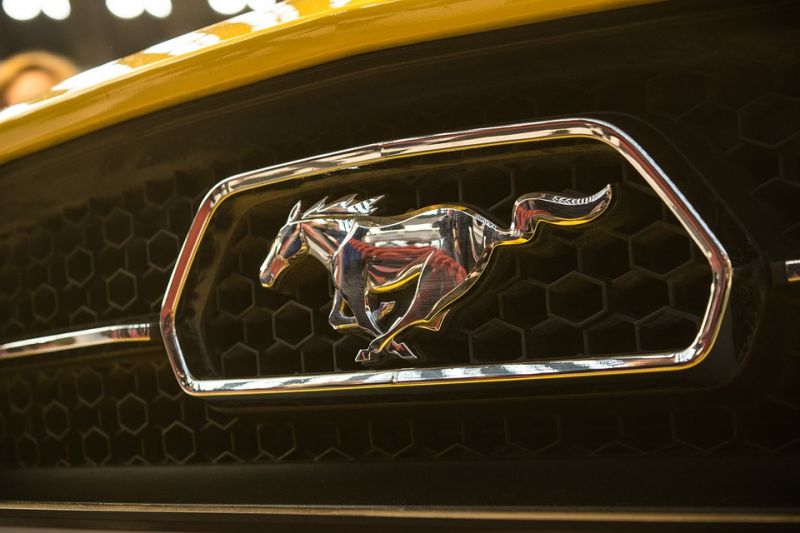Is Autonomous Vehicle Development Slowing Down?
【Summary】The California Department of Motor Vehicles recently released data indicating self-driving cars may not be as close to mainstream deployment as hoped.

With the amount of money being thrown at the development of autonomous cars, you'd think they'd be getting better. But are they? A recent report by the California Department of Motor Vehicles (DMV) shows progress may be slowing.
Keeping track of human intervention
Every company in the self-driving car biz is required to report the number of times a safety driver takes control of a vehicle. It doesn't matter whether these "disengagements" happen because of a system failure, or because the driver just got nervous. By law, they all must be recorded and submitted to the DMV.
Exactly how these events are kept track of, well, that's up to the manufacturer. Not surprisingly, this leaves a lot of room for fudging. Chipmaker, Nvidia, logged a disengagement every single time a human touched the wheel. General Motors, on the other hand, glossed over at least one instance where a car went haywire, nearly blocking an intersection.
How the key players in California are doing
This variety in reporting makes the overall picture difficult to analyze. But Looking at a single manufacturer's data can be useful. For instance, comparing Waymo's disengagement figures from 2016 to its result from last year.
In 2017, Waymo and GM accounted for over 95 percent of the autonomous miles driven in California. Together, the companies racked up over 480,000 miles. The average rate of disengagement between the two was once every 2,900 miles.
Human intervention every 5,000 or 6,000 miles doesn't sound so bad – until you start to look at the bigger picture. Both Waymo and GM have announced the rollout of commercial ride sharing services. Waymo will unleash its fleet of self-driving minivans later this year. GM plans to mass-produce Chevy Bolts without steering wheels by 2019. With a failure every 5,000 or so miles, these fleets would equate to multiple failures daily.
In other words, both Waymo and GM need to step their game up before their robocars drive amongst us.
In 2016, Waymo had a disengagement every 5,130 miles. That figure didn't improve much for 2017, with an average of 5,600 miles per disengagement. Are things slowing down or is Waymo just putting its vehicles in more challenging situations? It's hard to say.
Getting autonomous vehicles on the road sooner
One potential way to ditch the safety driver, while still keeping a human co-pilot, is through teleoperation. This design allows a remote human driver to take control of the vehicle when needed. Phantom Auto is currently developing such technology.
No matter what, it looks like we need to think outside the box, or the road to autonomy may be longer than we thought.
Sources: IEEE Spectrum
-


Tesla Model S Wagon Displayed in Geneva
-


Audi Reveals its Q4 e-tron Concept at the Geneva Motor Show
-


Goodyear Showcases Concept Tire for Flying Cars; 1950's Autonomous Vehicle
-


Kia to Premier Euro-spec Electric e-Soul at the Geneva Motor Show
-


Ford Developing Electric Mustang Crossover That CEO Says Will “Go Like Hell”
-


BMW to Premiere New Plug-in Hybrid Vehicles & Free EV Charging in Geneva
-


Honda Says EVs, Not Brexit, to Blame for Honda Plant Shutdown
-


EVgo Charging Network Powers 88% More EVs Than Last Year
- Volvo is Building a New EV Service and Training Facility at its U.S. Headquarters in New Jersey To Fast Track its Electrification Plans
- Foxconn-led Mobility in Harmony Consortium Announces ‘Project X’, an Open, Modular Electric Vehicle Platform
- High Gas Prices Aren’t Enough to Sway Consumers to EVs, Autolist Survey Finds
- Volkswagen Starts Production of the Electric ID.4 SUV in Tennessee, Presents New Competition for Tesla, GM and Ford
- Electric Hypercar Developer Rimac Raises $500 Million Euro in Series D Round, Investors Include Porsche, Softbank and Goldman Sachs
- Ford Motor Co Selects its Plant in Spain to Build 'Breakthrough' EVs for the European Market on a Next-Gen Architecture
- Volkswagen Unveils the 385-Mile Range ID Aero Concept, a Preview of its First Electric Sedan that Will Be Sold in the U.S., Europe and China
- Tesla Believes Its Dojo AI System Will Help It Win the Self-Driving Car Race
- Reservations for the Electric Fisker Ocean SUV Reach 50,000, The Company Shares New Details About its Second EV Being Built by Foxconn
- Federal Tax Credit on EVs Still Applies to American-Made Vehicles











 About Us
About Us Contact Us
Contact Us Careers
Careers